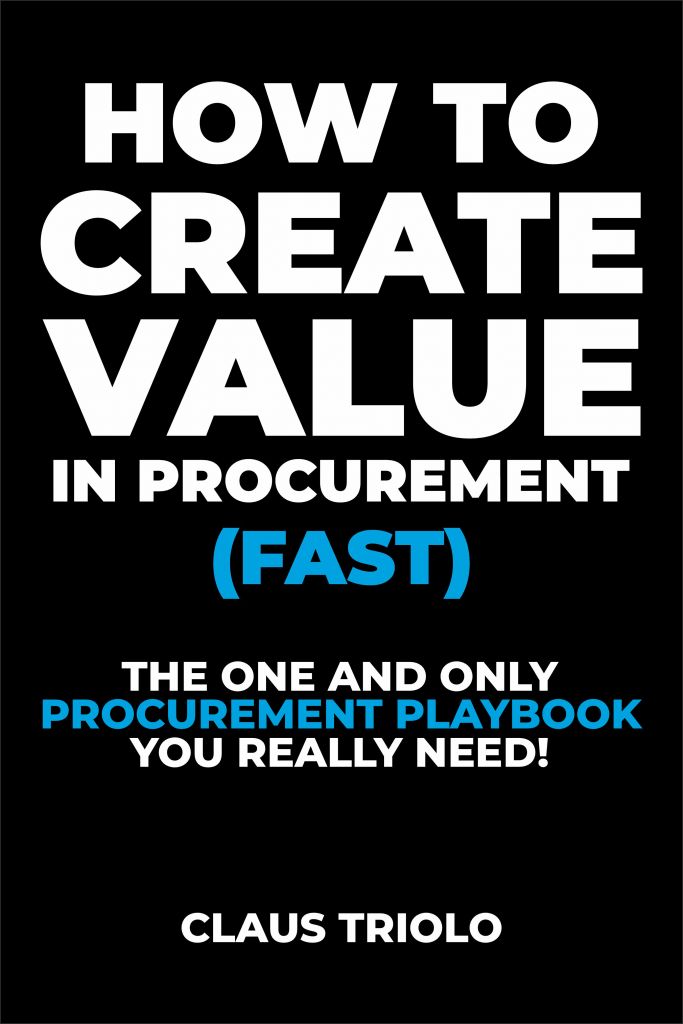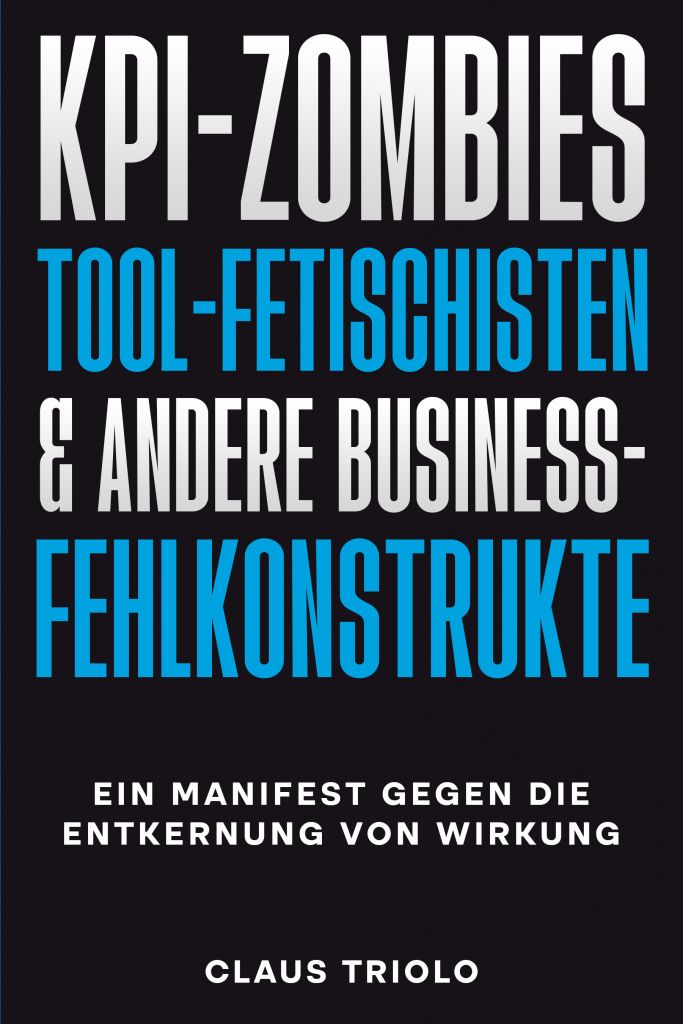In today’s interconnected business landscape, the success of our organization is deeply intertwined with the strength of our relationships with suppliers. Beyond simple transactions, building partnerships with our suppliers is crucial for driving innovation, managing risks, and achieving our strategic goals. In this article, we’ll explore the principles and practices of nurturing mutually beneficial supplier relationships, emphasizing collaboration, transparency, and trust as the pillars of our approach.
At its core, nurturing mutually beneficial supplier relationships is about fostering partnerships where both parties derive value and achieve their respective business objectives. It goes beyond traditional buyer-supplier interactions and focuses on collaboration, openness, and mutual respect. By aligning our interests, sharing risks and rewards, and maintaining transparent communication, we can unlock the full potential of our supplier relationships and drive sustainable growth.
- Partnership Mindset
We must view our suppliers as strategic partners rather than mere vendors. This mindset shift enables us to cultivate a collaborative environment where both parties work together towards common goals, such as improving quality, reducing costs, and driving innovation. - Transparency and Communication
Open and honest communication is essential for building trust and fostering collaboration with our suppliers. By setting clear expectations, sharing relevant information, and providing constructive feedback, we can align our efforts and overcome challenges together. - Mutual Benefit
Nurturing mutually beneficial supplier relationships means creating value for both parties involved. This involves identifying opportunities for win-win outcomes, such as cost savings, process improvements, and joint innovation initiatives, that benefit us and our suppliers alike. - Risk Management and Contingency Planning
Proactively managing risks and uncertainties is critical for maintaining the stability and resilience of our supplier relationships. This entails collaboratively identifying potential risks, developing mitigation strategies, and establishing contingency plans to minimize disruptions and ensure continuity of operations.
- Supplier Segmentation
Segmenting our suppliers based on their strategic importance, performance, and potential value allows us to allocate resources effectively and tailor our approach to meet the unique needs of each supplier category. - Collaborative Performance Management
Establishing mutually agreed-upon Key Performance Indicators (KPIs) and performance targets promotes accountability and transparency in our supplier relationships. Regular performance reviews and feedback sessions provide opportunities for continuous improvement and alignment with our strategic objectives. - Innovation and Co-Creation
Encouraging innovation and co-creation with our suppliers fosters a culture of collaboration and drives competitive advantage. We can leverage our suppliers’ expertise, insights, and capabilities to develop new products, improve processes, and stay ahead of market trends. - Conflict Resolution and Dispute Management
Despite our best efforts, conflicts and disputes may arise in our supplier relationships. Nurturing mutually beneficial supplier relationships involves establishing effective mechanisms for resolving conflicts in a fair and transparent manner, such as mediation, arbitration, or escalation procedures, to preserve the integrity of our partnerships.
A Model of Mutually Beneficial Supplier Relationships with a Non-Disclosed xxxTech Company
A non-disclosed technology company, a leading player in the xxxTech industry, exemplifies the principles of mutually beneficial supplier relationships in its operations. By adopting a partnership mindset, fostering open communication, and prioritizing mutual benefit, the non-disclosed company has cultivated strategic alliances with its key suppliers. This collaborative approach has resulted in improved product quality, tremendously enhanced inventory management, and streamlined supply chain operations, positioning the non-disclosed company as a role model for best-in-class SRM in its industry.
“In the realm of business, success is not just about transactions – it’s about building enduring partnerships. Collaborating with our suppliers isn’t just a strategy, it’s the essence of sustainable success.”
Claus Triolo, Holistic Procurement Executive & Rainmaker
In conclusion, nurturing mutually beneficial supplier relationships is essential for driving sustainable success in today’s competitive business environment. By embracing principles of collaboration, transparency, and mutual benefit, organizations can cultivate strong and resilient supplier relationships that fuel growth, innovation, and strategic advantage. As organizations continue to navigate market dynamics and supply chain complexities, prioritizing mutually beneficial SRM will be instrumental in achieving long-term business objectives and maintaining a competitive edge.
“Coming together is a beginning. Keeping together is progress. Working together is success.“
Henry Ford, Automotive Industry Pioneer

















